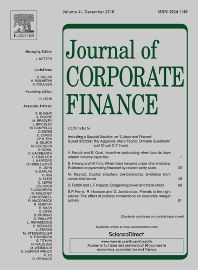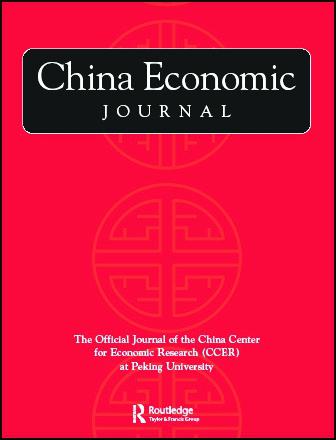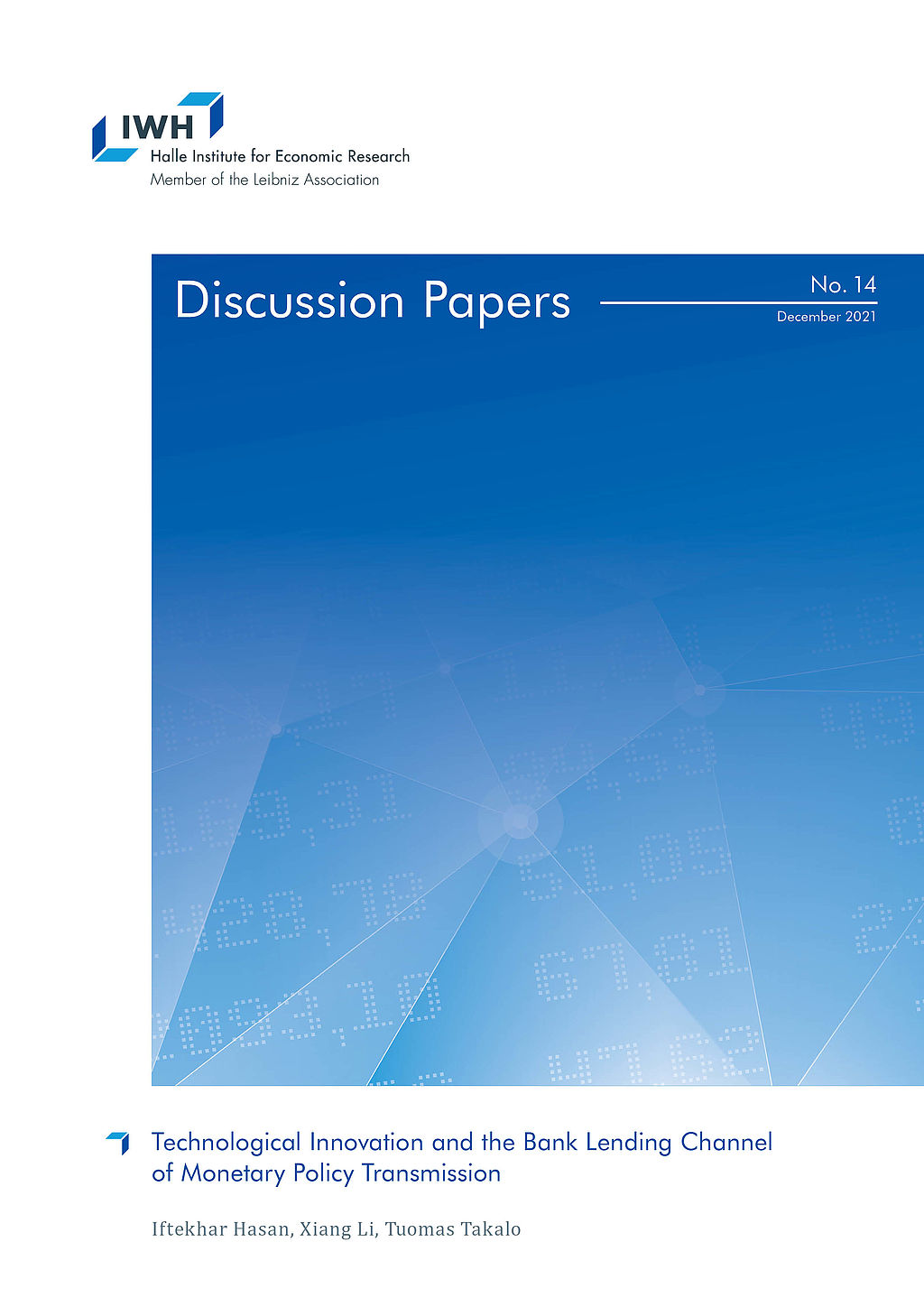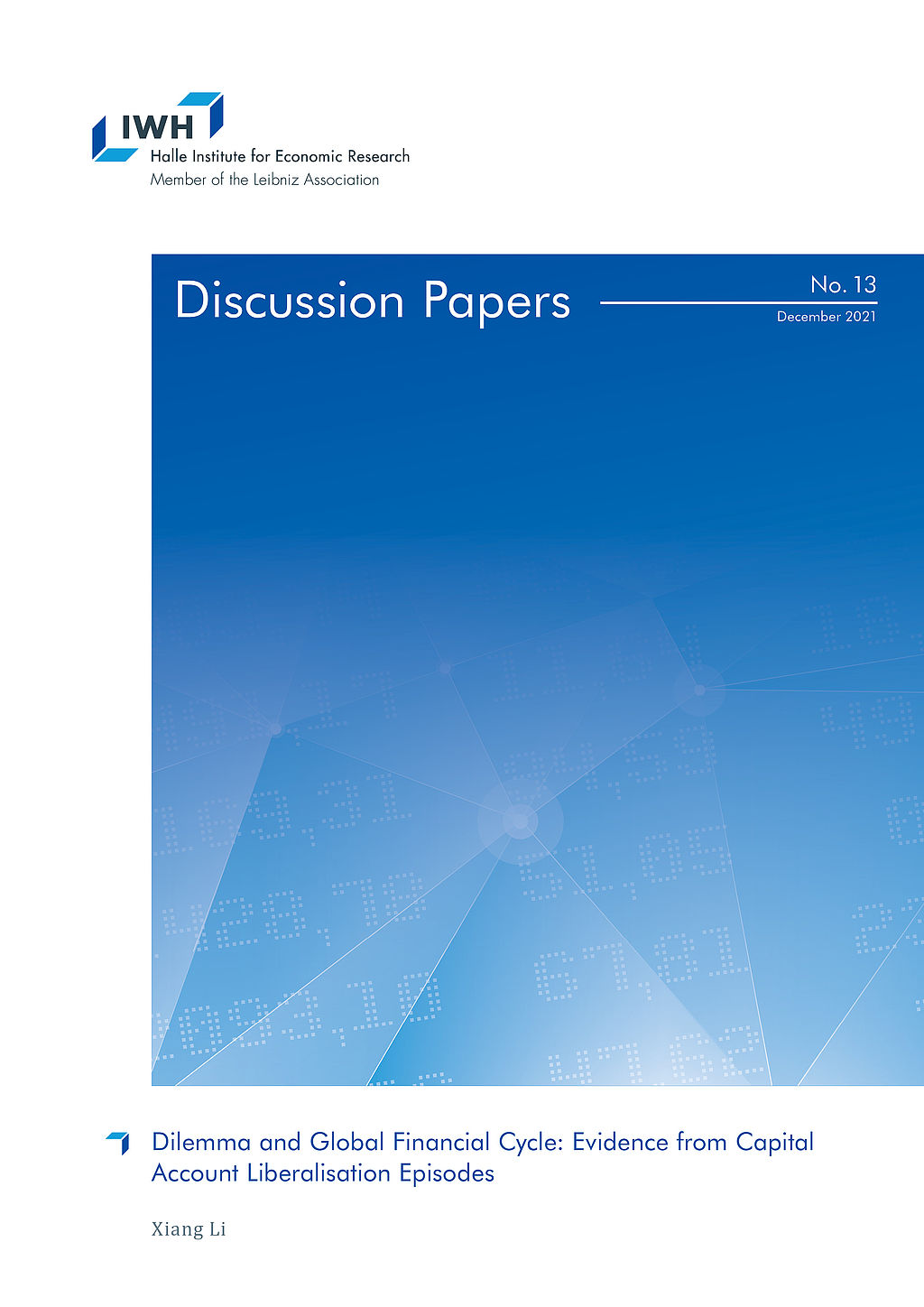Financial Integration, Economic Growth and Financial Stability
Financial integration is a strong and growing force shaping the international economic landscape. This research group analyses the role of financial integration for economic growth and financial stability.
Neoclassical economics suggest that an integrated global financial market can boost economic growth through reduced capital costs and increased risk-sharing. However, countries with a liberalised capital account in fact do not necessarily perform better than economies with capital controls, and the last global financial crisis caused a reversal to the process of financial globalisation. Therefore, reevaluating the role of financial integration for economic growth and financial stability is of great importance for policy discussion as well as academic research.
This research group aims at finding answers to the following questions: First, the group investigates how the productivity of firms is affected by the access to international capital and whether capital-intensive sectors benefit more from capital account liberalisation than other sectors. In addition, this group explores the structural transformational consequences of financial integration. Second, international capital is fueled into the economy through financial institutions. The group analyses whether the cross-border capital flow alternates banks’ behaviour and specifically, how the financing maturity, structure and systemic risk are affected. Third, international organisations like the IMF suggested a gradual path to liberalise the capital account, the main idea of which is to liberalise the inward flow before the flow out, and the FDI flow before the flow of debt and equity. However, empirical evidence is rare. This group studies whether and how the sequencing of capital account liberalisation matters for financial stability.
Research Cluster
Productivity and InstitutionsYour contact

Mitglied - Department Macroeconomics
Refereed Publications

What Does Peer-to-Peer Lending Evidence Say About the Risk-taking Channel of Monetary Policy?
in: Journal of Corporate Finance, 2021
Abstract
This paper uses loan application-level data from a peer-to-peer lending platform to study the risk-taking channel of monetary policy. By employing a direct ex-ante measure of risk-taking and estimating the simultaneous equations of loan approval and loan amount, we provide evidence of monetary policy's impact on a nonbank financial institution's risk-taking. We find that the search-for-yield is the main driving force of the risk-taking effect, while we do not observe consistent findings of risk-shifting from the liquidity change. Monetary policy easing is associated with a higher probability of granting loans to risky borrowers and greater riskiness of credit allocation. However, these changes do not necessarily relate to a larger loan amount on average.

From World Factory to World Investor: The New Way of China Integrating into the World
in: China Economic Journal, No. 2, 2017
Abstract
This paper argues that outward direct investment (ODI) is replacing international trade as the new way China integrates into the world. Based on two complementary datasets, we document the pattern of Chinese ODI. We argue that the rapid growth of China’s ODI is the result of strong economic development, increasing domestic constraints, and supportive government policies. Compared with trade integration, investment integration involves China more deeply in global business. As a new global investor, China’s ODI in the future is full of opportunities, risks, and challenges. The Chinese government should improve bureaucracy coordination and participate more in designing and maintaining international rules to protect ODI interests.
Working Papers

Technological Innovation and the Bank Lending Channel of Monetary Policy Transmission
in: IWH Discussion Papers, No. 14, 2021
Abstract
This paper studies whether and how banks’ technological innovations affect the bank lending channel of monetary policy transmission. We first provide a theoretical model in which banks’ technological innovation relaxes firms’ earning-based borrowing constraints and thereby enlarges the response of banks’ lending to monetary policy changes. To test the empirical implications, we construct a patent-based measurement of bank-level technological innovation, which can specify the nature of technology and tell whether it is related to the bank’s lending business. We find that lending-related innovations significantly strengthen the transmission of the bank lending channel.

Dilemma and Global Financial Cycle: Evidence from Capital Account Liberalisation Episodes
in: IWH Discussion Papers, No. 13, 2021
Abstract
By focusing on the episodes of substantial capital account liberalisation and adopting a new methodology, this paper provides new evidence on the dilemma and global financial cycle theory. I first identify the capital account liberalisation episodes for 95 countries from 1970 to 2016, and then employ an augmented inverse propensity score weighted (AIPW) estimator to calculate the average treatment effect (ATE) of opening capital account on the interest rate comovements with the core country. Results show that opening capital account causes a country to lose its monetary policy independence, and a floating exchange rate regime cannot shield this effect. Moreover, the impact is stronger when liberalising outward and banking flows.

China’s Monetary Policy Communication: Frameworks, Impact, and Recommendations
in: IMF Working Paper No. 18/244, 2018
Abstract
Financial markets are eager for any signal of monetary policy from the People’s Bank of China (PBC). The importance of effective monetary policy communication will only increase as China continues to liberalize its financial system and open its economy. This paper discusses the country’s unique institutional setup and empirically analyzes the impact on financial markets of the PBC’s main communication channels, including a novel communication channel. The results suggest that there has been significant progress but that PBC communication is still evolving toward the level of other major economies. The paper recommends medium-term policy reforms and reforms that can be adopted quickly.

Within Gain, Structural Pain: Capital Account Liberalization and Economic Growth
in: New Structural Economics Working Paper No. E2018010, 2018
Abstract
This paper is the first to study the effects of capital account liberalization on structural transformation and compare the contribution of within term and structural term to economic growth. We use a 10-sector-level productivity dataset to decomposes the effects of opening capital account on within-sector productivity growth and cross-sector structural transformation. We find that opening capital account is associated with labor productivity and employment share increment in sectors with higher human capital intensity and external financial dependence, as well as non-tradable sectors. But it results in a growth-reducing structural transformation by directing labor into sectors with lower productivity. Moreover, in the ten years after capital account liberalization, the contribution share of structural transformation decreases while that of within productivity growth increases. We conclude that the relationship between capital account liberalization and economic growth is within gain and structural pain.







